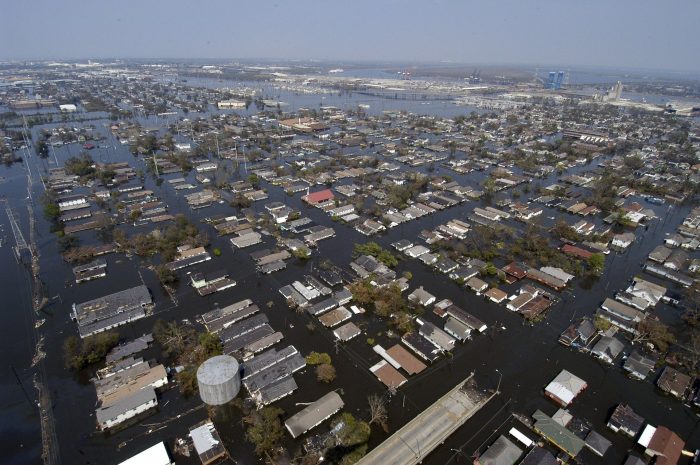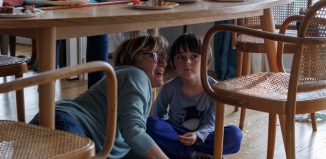D. None of the Above: The scramble to get out of New Orleans before Hurricane Ida
By Daniel Dunaief

Last Friday around 10:30 am, our son, who just arrived at his freshman dorm 12 days earlier, asked how quickly I could get him on a flight back home.
I dropped what I was doing and searched for flights out of New Orleans. We knew he was in the path of Hurricane Ida and had been hoping, as Long Island had done the week before with Hurricane Henri, that he and the city would somehow avoid the worst of the storm.
His college had provided regular updates, indicating that the forecasts called for the storm to hit 90 miles to their west. That would mean they’d get heavy rain and some wind, but that the storm, strong as it might become, might not cause the same kind of devastation as Hurricane Katrina had exactly 16 years earlier.
By Friday, two days before its arrival, my son, many of his friends, and his friends’ parents were scrambling to get away from the Crescent City amid reports that the storm was turning more to the east.
Fortunately, we were able to book a mid-day flight the next day. An hour later, he texted me and said he might want to stay on campus during the storm, the way a few of his other friends were doing. I ignored the message.
Two hours later, he asked if he still had the plane reservation and said he was happy he’d be leaving.
Later that Friday, another classmate tried unsuccessfully to book a flight, as the scramble to leave the city increased.
My wife and I became increasingly concerned about his ride to the airport, which, on a normal day, would take about 30 minutes. We kept pushing the time back for him to leave, especially when we saw images of crowded roadways.
He scheduled an Uber for 9:30. On Saturday morning at 6 a.m. his time, he texted and asked if he should go with a friend who was leaving at 9 and had room in his car. Clearly, he wasn’t sleeping too much, either.
I urged him to take the earlier car, which would give him more time in case traffic was crawling. He got to the airport well before his flight and waited for close to two hours to get through a packed security line.
When his plane was finally in the air, my wife and I breathed a sigh of relief. We both jumped out of the car at the airport to hug him and welcome him home, even though we had given him good luck hugs only two weeks earlier at the start of college.
After sharing his relief at being far from the storm, he told us how hungry he was. The New Orleans airport had run low on food amid the sudden surge of people fleeing the city. After he greeted our pets, who were thrilled to see him, he fell into a salad, sharing stream-of-consciousness stories.
The next day, he received numerous short videos from friends who stayed during the storm. While we’d experienced hurricanes before, the images of a transformer sparking and then exploding, videos of rooms filling with water from shattered windows, and images of water cascading through ceilings near light fixtures were still shocking.
He will be home for at least six weeks, as the city and the school work to repair and rebuild infrastructure. During that time, he will return to the familiar world of online learning, where he and new friends from around the country and world will work to advance their education amid yet another disruption from a routine already derailed by COVID-19.
We know how fortunate he was to get out of harm’s way and how challenging the rebuilding process will be for those who live in New Orleans. When he returns to campus, whenever that may be, we know he will not only study for his classes, but that he and his classmates will also contribute to efforts to help the community and city recover from the storm.







